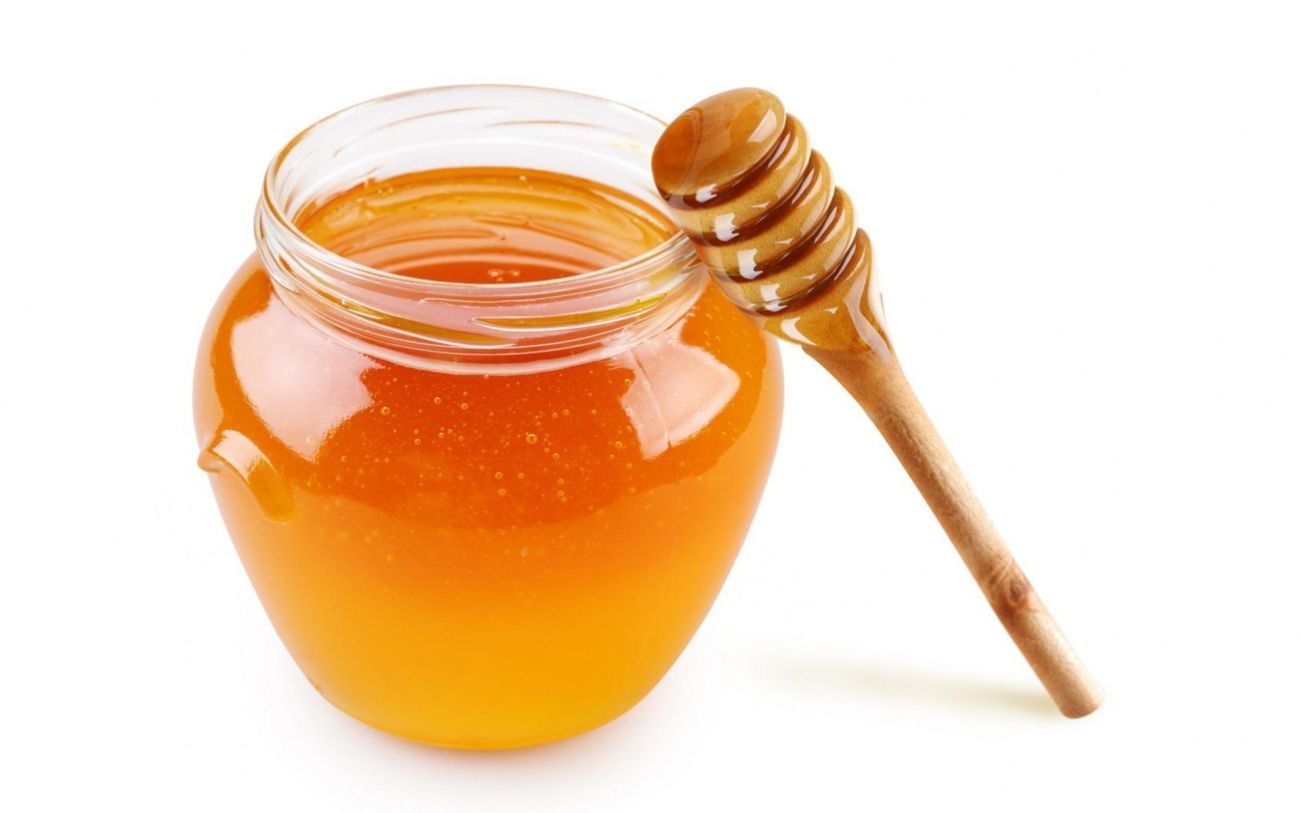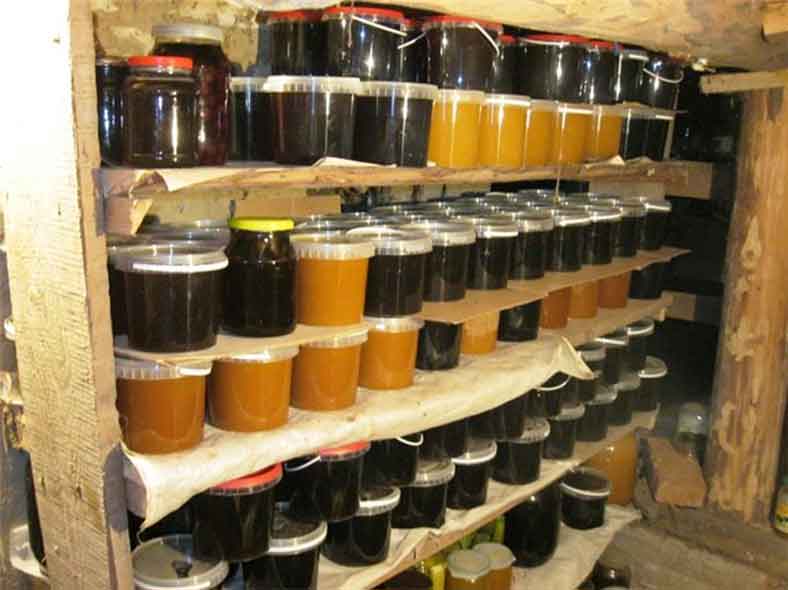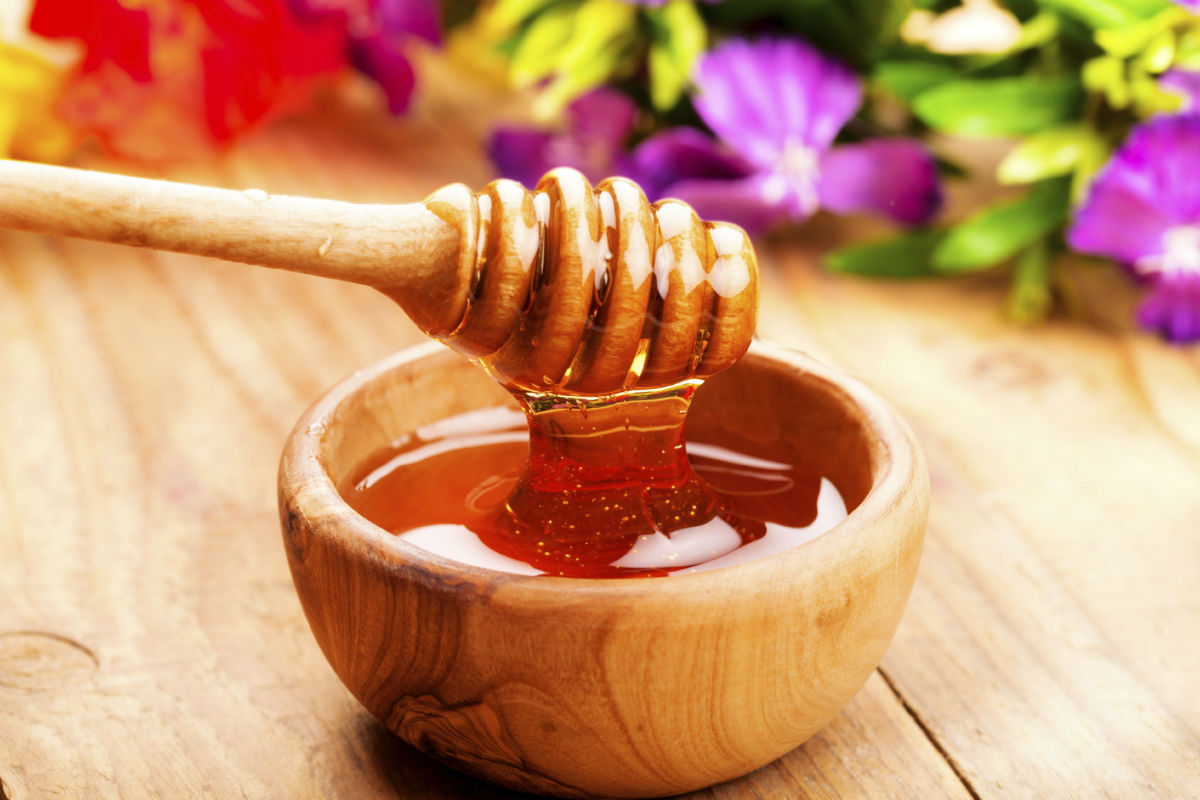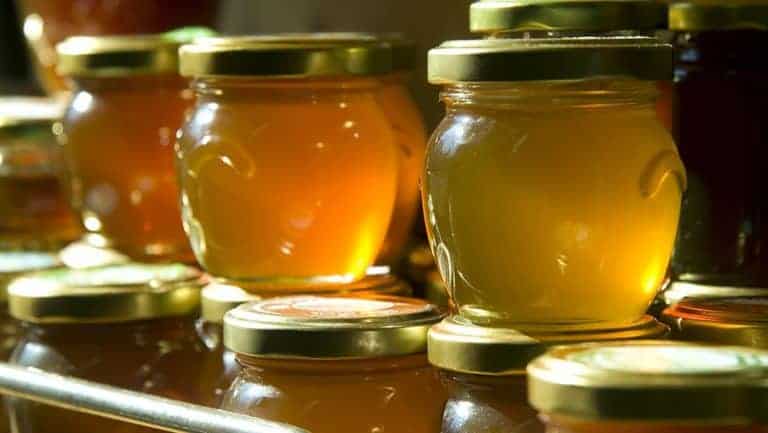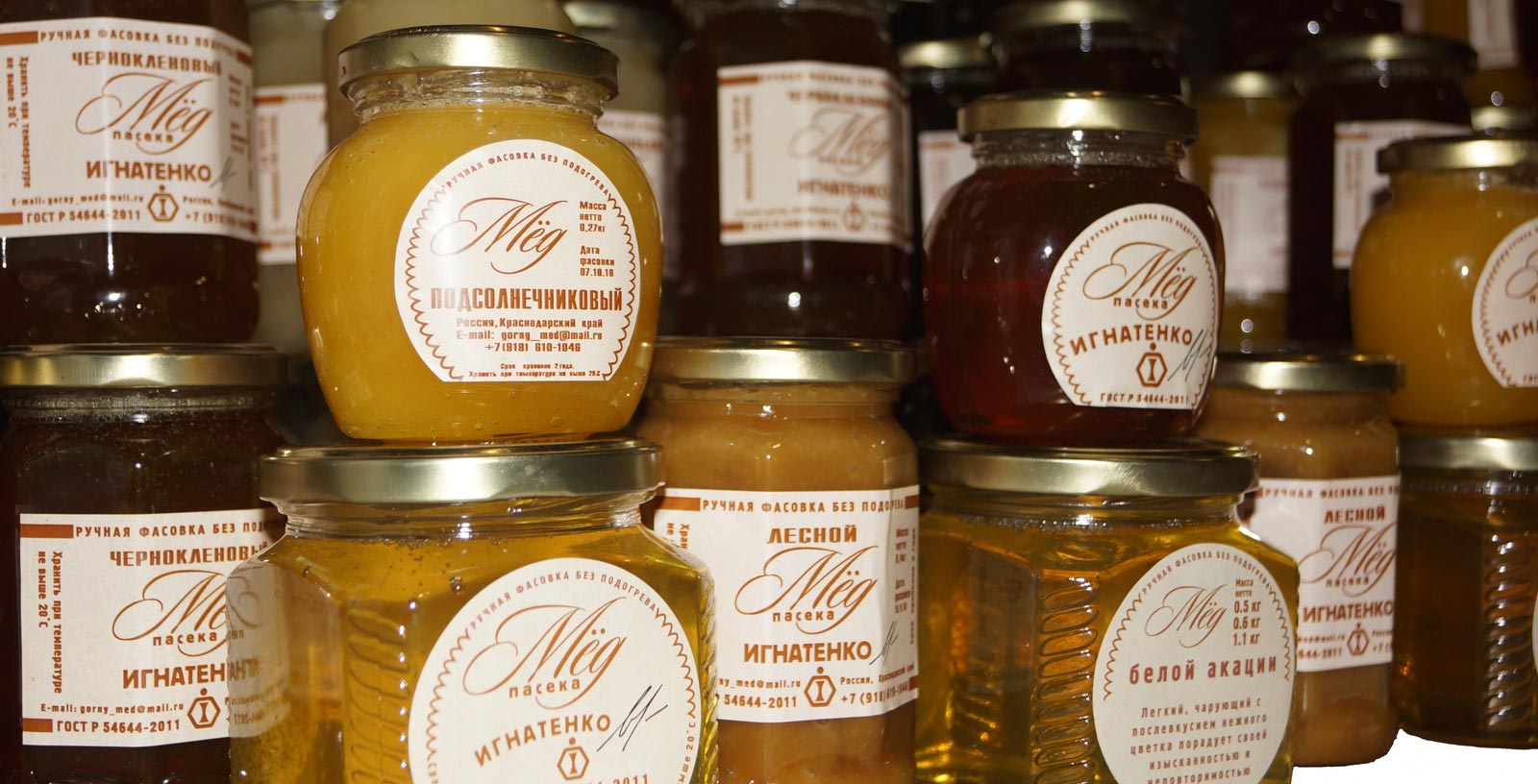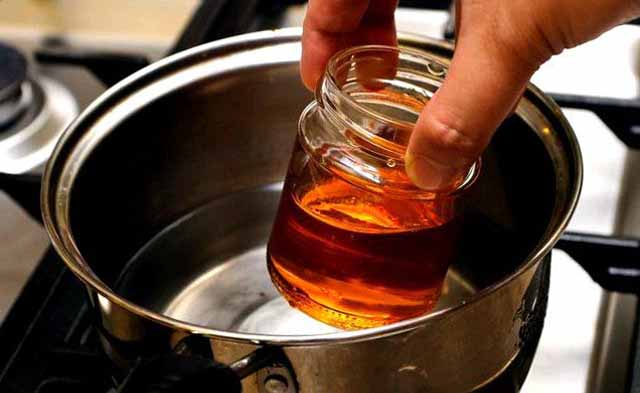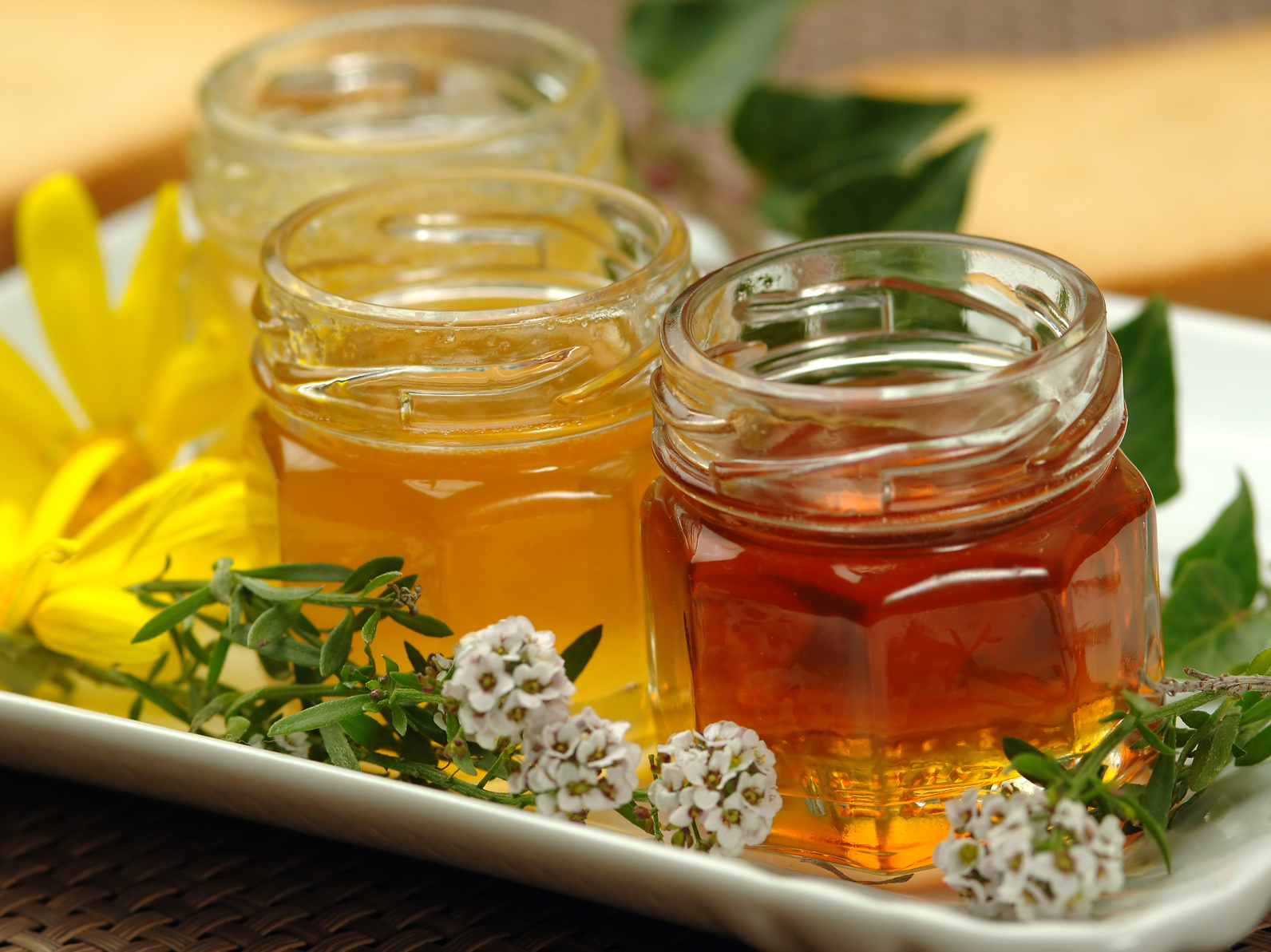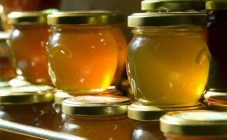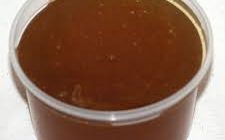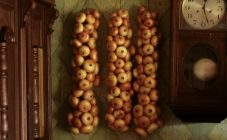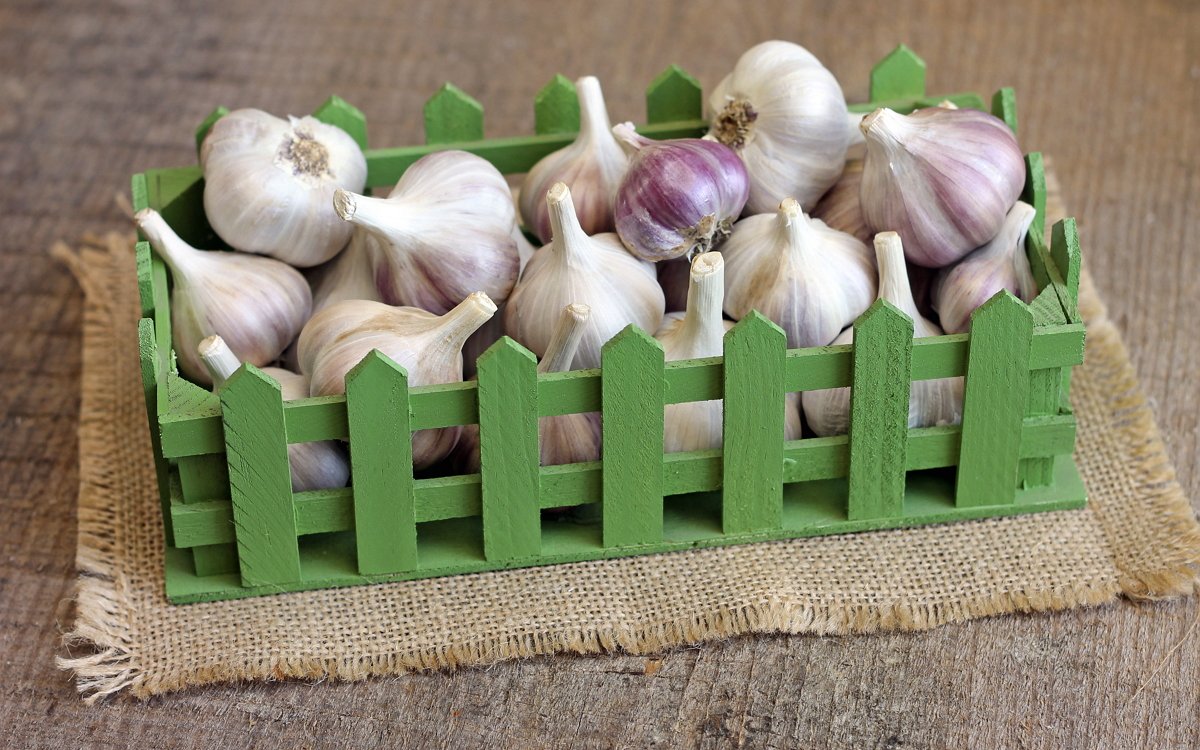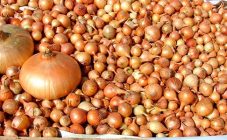Content:
Honey is the only natural product that does not have a specific shelf life. The shelf life depends on various conditions: from the ability of the bees to collect enough nectar to the extraction technology and the composition of the product. To use all of its beneficial properties and healing qualities, it is important to know how to store honey.
Each variety has its own individual composition. Ripe natural honey should be thick, homogeneous throughout the mass, have a fragrant aroma and sweet taste. An amber product can be of different shades, but a lighter product is considered more valuable.
Storage features
Honey, due to its unique and complex chemical composition, is capable of not deteriorating for a long time, pathogenic microorganisms do not survive in it. But, if the storage conditions are violated, the beekeeping product can lose its healing qualities, vitamins and trace elements in the composition. Not everyone knows how to properly store honey jars, and they leave them in the kitchen at high humidity and air temperature, often in a container with a loosely closed lid.
Storage conditions:
- Tightness. One of the most important storage conditions is a tightly sealed glass container.
- Illumination. Store honey in a dark place. You shouldn't leave the jars in the apartment: on the kitchen table or windowsill. When direct sunlight hits a bee product, especially in a transparent container, its medicinal and nutritional value is significantly reduced. For a product stored in a dark container, it is also undesirable to stay in a strongly lit place for a long time, mainly because of the danger of overheating. Diffuse light entering the cabinet with a glass insert also has a negative effect on the antimicrobial qualities of the product.
- Humidity. Honey is able to absorb moisture from the environment. Therefore, in order to best preserve the beneficial qualities of the product, they choose a dry place, with an optimal humidity of about 60%. The ability to be hygroscopic, especially in rooms with high humidity, causes the consistency of the product to liquefy and deteriorate. The room should be well ventilated so that there is no mustiness, this will also determine how much honey is stored.
- Smells. Honey easily absorbs odors, so it is not recommended to keep it near spices, garlic or onions, pickles and other odorous substances such as gasoline or paints. Also, you should not put the jars next to such bulk products as flour - due to the sticky consistency of honey, flour particles can settle on its surface, causing fermentation. The smell of tobacco or smoke can penetrate into the composition of the nectar.
- Temperature. Healthy sweetness is kept only in a cool place. At temperatures above + 20C °, the beekeeping product loses its healing qualities and turns into an ordinary sweet mass, therefore it should not be stored in cabinets near the stove or heated radiator.
Storage utensils
The ideal container for storing honey is a dark glass jar with a sealed lid. In the lid, the presence of a rubberized or plastic gasket is allowed for a tighter closure.
Consider other suitable storage container materials.
Wood
Barrels made of alder, birch, linden or beech wood, with a moisture content of no more than 16%, soaked in wax from the inside, are suitable. Pots made of coniferous wood are not used, because such dishes give off tar and convey odors. Oak barrels dry out over time, losing their tightness, the honey in them becomes dark.
Clay
For storage, use clay, ceramic or porcelain pots with the possibility of tight closure. For long-term storage, the dishes can be sealed with wax at the junction with the lid. Ceramic containers must be glazed on the inside.
Clay has a porous structure that allows it to maintain a suitable temperature. But you should also take into account the peculiarity of the material to absorb odors, therefore, before using a clay pot from under odorous products, it should be washed without the use of detergents, especially with the content of chemical elements in the composition, and ignited in the oven. Earthenware, ceramic and porcelain dishes have a disadvantage - increased fragility, especially with temperature changes.
Plastic
Plastic utensils for storage or transportation can be used with those marked "for food". Honey is able to interact with chemical elements of non-food plastic and absorb them into itself. Therefore, if sweet amber was purchased in a plastic bottle, which raises doubts about its suitability, then at home it should be poured into a more suitable container. Even food grade plastic is still not recommended for long-term storage of the product.
Other materials
It is allowed to store honey in stainless steel and aluminum dishes. But leaving the product for a long time in an iron, copper or galvanized container is dangerous. Honey in such containers interacts with metal, which is oxidized, forming chemical compounds that are harmful to health. For the same reason, it is not recommended to use iron spoons or leave them in bulk for a set of sweets.
Make sure that the storage utensils and lid are clean and dry. You cannot pour a new portion of nectar into a jar that has not been cleared of previous residues. The residues left behind come into contact with the fresh product and cause it to ferment. It is best to use a permanent, tested container, but not jars of marinades and other pungent-smelling foods, to avoid odors in fresh honey.
Storage space
The duration of the presence of medicinal substances and trace elements in the composition of the product depends on the storage location.
What is the best storage for a refrigerator or pantry? Honey can be stored in the refrigerator, in a compartment with a temperature of + 5C °, for example, on the door. But the changes in humidity present in the refrigerator, intermittent lighting and various strong odors from other products can complicate storage. True, in conditions of elevated room temperature, without the possibility of adjusting it, the refrigerator becomes the only place and way to properly store containers with honey, provided that containers with a sealed lid are used. It is permissible to keep sweet amber in lockers on cool loggias.
You should not frequently change storage locations by moving the jars from the refrigerator to rooms with room temperature, including to avoid the appearance of condensation.
Is it possible to freeze jars of honey
Honey can be frozen in a freezer at a temperature not lower than -20C °. But this method does not affect the shelf life and makes it difficult to remove the product from the container, after being at a low temperature. Therefore, for such storage, you should choose small containers, given that when freezing, the mass of liquid will increase. Therefore, the bee product is not poured into the container to the brim, leaving a place on top. Defrost honey, without removing the lid, at room temperature.
Storage temperature
The best temperature for storing honey jars is from -5C ° to + 20C °, which is below normal room temperature. Therefore, a dark pantry with a constant temperature that does not rise above + 20C ° will be the best storage option. Lower temperatures are less scary for natural sweetness than higher temperatures, in which vitamins are destroyed.
When the honey is candied
Candying is a natural process and an indicator of quality. Crystallization does not change the nutritional and medicinal qualities of the product. Crystals can be of different sizes and inevitably appear 3-6 months after removal from the honeycomb. Crystallization occurs due to the peculiarities of the chemical composition of the product, the main components of which are glucose and fructose. The more glucose in the honey, the faster it will sugar. For example, a sunflower can start to form crystals while still in the honeycomb. Uneven crystallization is considered normal. High fructose honey such as chestnut or sage honey does not crystallize as quickly as others. Acacia can remain in a liquid state for the longest time.
When layering a beekeeping product, an important factor is that its upper liquid part is not too watery, which may indicate a violation of the pumping time and poor quality of the product. Also, the reason when honey remains in a liquid state for more than six months may be that the heating temperature was exceeded during dissolution for packaging. There are no vitamins and medicinal trace elements left in such a product.
The quality of the sweetness can be checked by dissolving the mass in water: the natural product dissolves completely within 10 minutes, leaving a cloudy yellowish solution.
If you want to restore the fluidity of the sugared product, melt a separate portion in a steam bath. Do not melt the mass over an open fire and allow it to boil, otherwise the honey will turn into a carbohydrate that has no medicinal properties. You do not need to melt large quantities for the subsequent storage purpose, the cooked product is stored worse and loses its useful qualities faster.
Storage period
The main storage rule is the tightness of the container, which contains sweet amber. In containers with oxygen or completely open dishes in honey, all useful elements disappear in a couple of days, the product deteriorates and may become unusable. For medicinal use, it is advisable to use fresh honey and not buy it for future use in large quantities.
The set period for how long cans of honey can be stored at home - prepackaged honey for grocery stores has a shelf life of eight months to two years according to the state standard. But even after this period, if the product does not have fermentation odors, foam on the surface or sour taste, it can be used.
Honey has preservative qualities and can be kept in proper condition in hives for many years. But when removing from the honeycomb and interacting with oxygen, these qualities are lost over time.
The following factors can affect the shelf life:
- The honeydew collected by bees not from nectar, but from the sweet sticky secretions of insects left on the plants. This honey is dark green in color, with a less pronounced aroma and often bitter taste. The honeydew product turns sour quickly.
- Honey produced by bees fed with sugar syrup. In addition to a shorter shelf life, it contains fewer nutrients. Sugar syrup can be fed to bees due to the limited ability to collect nectar naturally from flowers, in view of the territorial or climatic characteristics of the apiary. Also, dry summers can significantly affect the amount of flower nectar.
- The honey that has been pumped out of the honeycomb is not ripe. Such honey does not have time to ferment enough, it will be too liquid, because the bees have not completely expelled excess moisture from it and have sealed the honeycomb. Unripe honey exfoliates, is poorly stored and sour quickly.
The quality of honey can only be checked by laboratory means, so before buying it is better to find out the location of the apiary, the ability of bees to collect flower nectar in sufficient quantities and the responsibility of the beekeeper for the timing of the harvest.
At home, you can extend the shelf life of a beekeeping product by keeping it in a dark, dry and cool place.
Bee honey has antibacterial and anti-inflammatory properties, has a tonic and tonic effect on the human body. In order to enjoy all the healing qualities of the product, it should be purchased from trusted beekeepers and know the rules of how to store jars of fresh honey at home.
